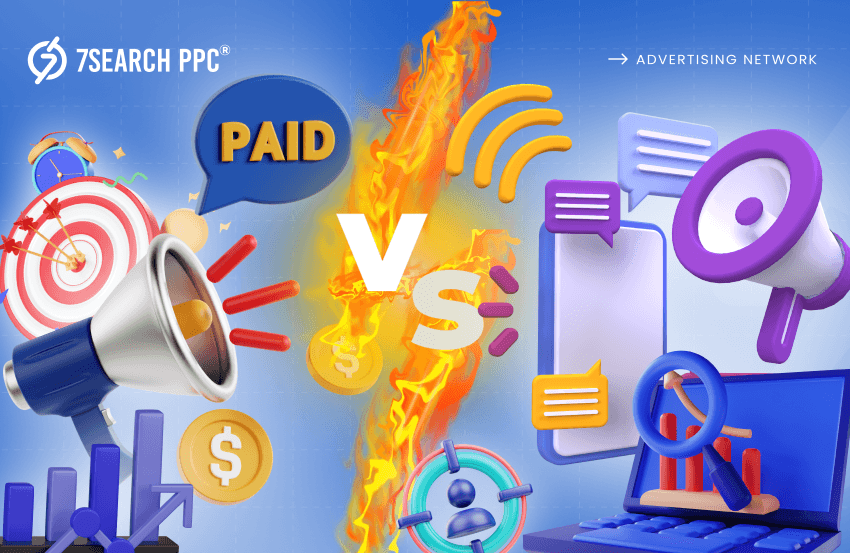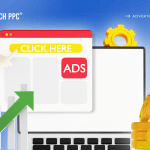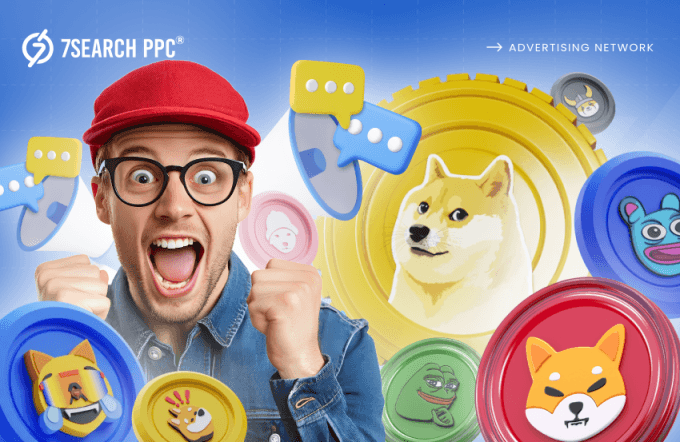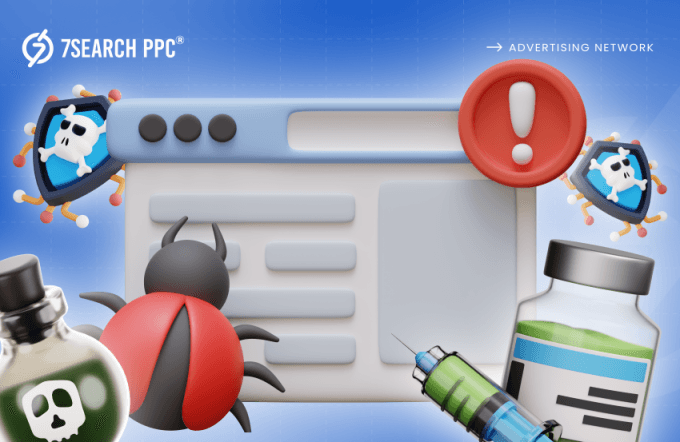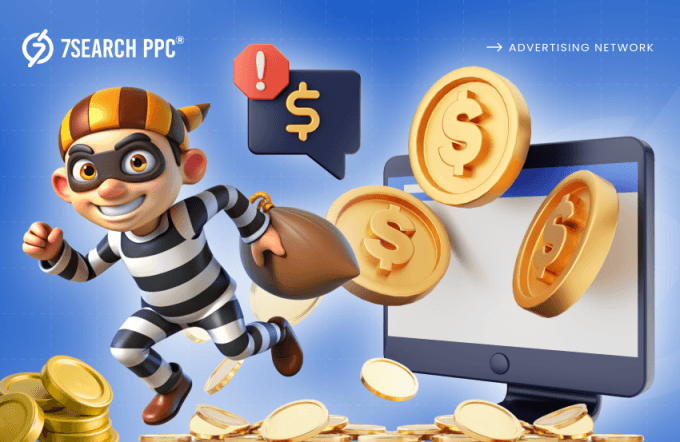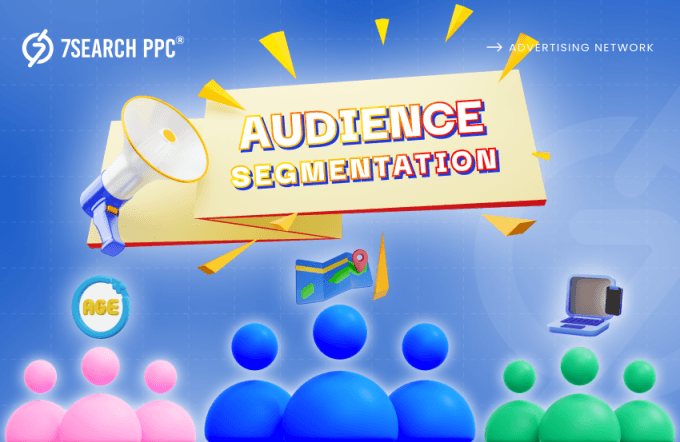What could be the purpose of conducting any business? Obviously, to generate a significant profit, right? And where does that profit come from? From the people, we call customers.
When it comes to getting results for your brand, the choice between paid traffic and organic traffic is important. Both have their benefits, but which one gives you faster returns? Let’s say you’re launching a new product or service. Do you wait for organic traffic to grow slowly, or do you invest in paid ads for quick attention?
Paid traffic gives you instant visibility but costs money, while organic traffic takes time to build trust but is free. The best promotional strategy depends on your goals, budget, and how quickly you need results. We are here to help you choose the best fit for your business, and for that, you need to read this full blog.
This blog will outline the main differences between paid traffic and organic traffic, helping you choose the right option to meet your ROI goals. Let’s swim into the current and find the best strategies to take your business to the spotlight!
Paid Traffic vs. Organic Traffic: A Debatable Topic
You might have heard that many businesses trust paid advertising, while some believe organic is the best tactic. A few advocate for a balanced approach, believing that this strategy is the healthiest for a business.
The best part is that, according to most marketing experts, successful businesses use a mixture of both paid and organic strategies to gain a volume of traffic on their websites.
However, the claims from big organizations are not enough to verify whether they are right or wrong. The topic remains debatable, and only you can decide which option is more profitable: paid traffic or organic traffic.
The best approach is to try both strategies at different times and compare the results. If you achieve a quick ROI with paid traffic advertising, then it might be the best choice for you. If not, consider going with organic traffic, or you can even run both strategies simultaneously.
Paid Traffic: What It Is and Why It Matters
The meaning of paid traffic is quite simple. It refers to traffic purchased through paid online advertising mediums or sources by any individual or business that has a website or app.
The motive behind this purchase is to drive actions quickly on their website, which could be anything from increasing sales orders to improving website engagement.
In other words, it refers to visitors who come to your website through paid advertisements. These online PPC ads can appear on search engines, social media, or other websites.
When you pay for clicks or impressions, you attract and catch more traffic to your site, helping you reach a larger audience. This is a quick way to attract people, but it requires an ongoing budget to maintain the traffic flow.
The Advantages of Investing in Paid Traffic
Investing in paid traffic offers several advantages for businesses looking to increase their online presence and reach. Here are the benefits given below:
Immediate Results
Paid website traffic brings quick results. Once your ad is live, you can start seeing visitors on your site almost instantly. Unlike organic methods like SEO, which take time to show results, paid traffic allows you to generate leads or sales right away, giving you a faster return on investment.
Targeted Audience
Every business niche has its audience base, which can be differentiated by factors such as age or location. For example, the iGaming industry primarily targets the 18-60 age group, while the eCommerce industry covers nearly all age groups. With paid website traffic, businesses can target specific audiences based on many factors:
- Location,
- Age,
- Interests,
- Behavior.
Scalability
Paid online advertising campaigns are easily scalable. As your budget increases, you can increase your ad spend to attract more website traffic. This flexibility lets you grow your online presence quickly by adjusting your ad budget to meet your business goals. It also gives you full freedom to control your ad spend. It also gives you full control over your ad spend. If you notice low results and need to adjust your strategy, you can modify your budget accordingly.
Sources and Mediums for Getting Paid Traffic
Paid web traffic can be generated through various sources and mediums. Here are some popular ones:
PPC Ad Networks
PPC advertising networks connect advertisers with publishers. They manage ad placements across multiple websites and apps, making it easier for all kinds of businesses to reach their target audience. They can charge for every click or impression, depending on the bid and the pricing model that the advertiser selects for their PPC campaigns.
Social Media Advertising
We all use popular social media platforms like Meta, Instagram, and X (Twitter). These platforms also offer paid advertising options. With these platforms, advertisers can easily buy website traffic instantly. These platforms also offer more targeting features so that advertisers can more precisely show display ads to their targeted audience.
Search Engine Marketing (SEM)
SEM is a medium of paid traffic that involves paying for ads that are visible on search engines like Google. Advertisers bid on relevant keywords, and their search engine ads show up when users type queries (Terms or Phrases) that include those keywords. SEM helps businesses increase traffic to their websites via paid search advertising.
Organic Traffic: What It Is and Why It Matters
Now, let’s look at the second option: Attracting Organic Traffic. This strategy helps businesses attract website visitors without paying a single penny for ads, which means it is absolutely free.
Organic traffic refers to visitors who come to your website naturally, without paid advertisements. It happens when users need something and find your site through search engines like Google, often by typing a particular keyword (long-term and short-term) and clicking on links in search results.
Organic traffic is earned by optimizing a website’s content and structure to make it more useful and valuable to users. It is important for building a business’s long-term growth and credibility.
However, some businesses used to invest small amounts in SEO strategies so they could recover the cost when users came organically and converted. These costs are very low compared to paid ads, making them easily bearable for any business, especially startups.
The Advantages of Investing in Organic Traffic
Targeting organic traffic offers several key benefits for businesses:
Cost-Effective
Investing in organic traffic might take time initially, but it eliminates the need for ongoing ad spend. Once your website content ranks well via SEO methods, it keeps bringing visitors on a consistent basis without any additional costs.
This long-term approach saves money compared to paid campaigns. For example, a well-written blog or optimized website can generate consistent organic traffic for months or even years, reducing your reliance on paid advertising.
Builds Credibility
Organic web traffic comes from people who find your business through search engines. This helps build more trust and credibility for your business. Websites that are visible at the top of search results are often seen as more reliable.
By sharing helpful and valuable content, you show expertise in your field, attracting loyal visitors naturally. This trust encourages people to come back, improves sales, and enhances your brand’s reputation, making your business a favorite in the market.
Sustainable Traffic Growth
Unlike paid advertisements that stop working as soon as your advertising budget runs out, organic traffic keeps growing with consistent effort. By creating quality content and building backlinks, your website becomes more visible.
This ongoing process helps more people discover your site naturally, leading to steady growth and long-term business success. Most of you might think that organic strategies offer slow results, and practically, it’s true. Still, it is totally worth it because organic traffic that comes through these strategies is considered more loyal.
Sources and Mediums for Getting Organic Traffic
Here are the key sources and mediums for getting organic traffic:
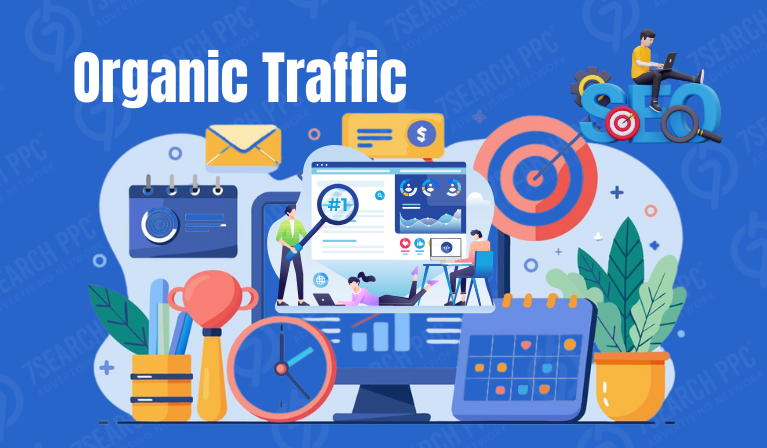
Search Engine Optimization (SEO)
It helps your business website appear at the top on search engine results pages (SERPs). It involves using the right keywords, improving your website’s design, and creating good-quality content. The bounce rate also affects SEO rankings (Indirectly). This helps attract people who are searching for topics related to your site. Regular SEO efforts can boost your site’s visibility and make it a trusted source in your industry.
Content Marketing
Publishing high-quality blogs, videos, or infographics helps engage and educate your audience. Valuable and shareable content encourages visitors to return and share it with others, which attracts the eyes of new audiences. On-page and Off-Page blogs also play a big role in catching organic traffic.
Social Media Engagement
Using platforms like Meta, Instagram, LinkedIn, or Twitter organically drives website traffic by sharing useful content. Responding to comments, joining relevant discussions, and using trending hashtags can attract followers who regularly visit your website. Brands also use a poll and other interactive social media elements to gain organic traffic to their websites.
Which Type of Website Traffic Is Right for You: Organic or Paid?
Choosing between organic and paid traffic depends on your business goals, budget, and timeframe. Below are some points given that might solve your confusion.
When to Look Toward Paid Traffic
- If you want quick results for your business.
- If you have a specific budget for online advertising.
- If you’re running time-sensitive campaigns or promotions.
- If you’re targeting a niche audience or specific demographics.
- If you want to scale traffic faster and more predictably.
When to Look Toward Organic Traffic
- If you have a limited budget for advertising.
- If you aim for long-term, sustainable growth.
- If you want to build credibility and trust with your audience.
- If you’re looking for higher-quality leads over time.
- If your business relies on content marketing and SEO for visibility.
Conclusion
Both paid and organic traffic have their own benefits. Paid traffic gives fast results and is easy to scale, while organic traffic helps build trust and grow your website over time. The best choice depends on your goals and budget. This blog suggests that if you want the best results, you need to focus on attracting both paid and organic traffic. This dual focus will surely deliver the best results for your brand!
Frequently Asked Questions
What is paid traffic?
Ans. It refers to visitors who come to your website through paid online ads. Advertisers show these ads through various paid mediums, such as ad networks, social media advertising, or search engine marketing.
What is organic traffic?
Ans. It refers to website visitors who find your site through search engines like Google, usually by clicking on non-paid search results.
Which is better, paid or organic traffic?
Ans. Both have advantages. Paid traffic provides quick results, while organic traffic builds long-term visibility and credibility. It depends on your business goals.
How long does it take to see results from paid traffic?
Ans. Once your ads are live, you can see immediate results. Traffic starts flowing as soon as your ads go up.
How long does it take to see results from organic traffic?
Ans. Organic traffic takes time, often months, to build. It depends on how well you optimize your site and content.

